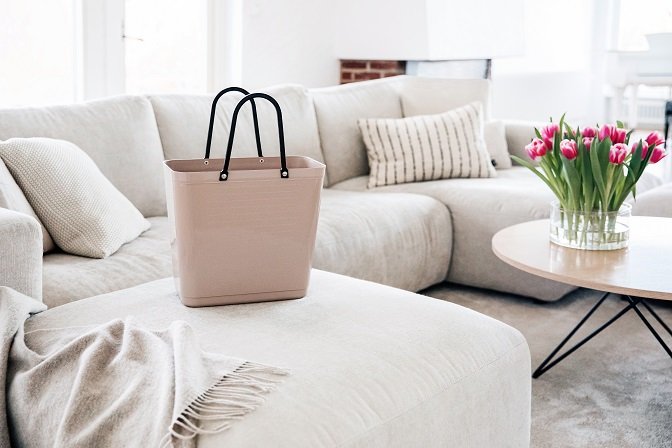Case: Vinduesfals til nybyg og renovering.
Vinduesfals
Outercore
Sustainable Architecture & Construction / Plastic Recycling
Outercore vinduesfals er et profil til renoveringsprojekter og nybyg. Det er udviklet med henblik på det cirkulære byggeri samt at være med til at nedbringe CO2 belastningen, henholdsvis i produktion og byggeri.
Outercore Vinduefals er en vinduesfals til nybyg og renovering. Det er et profil, som gør, at man eksempelvis ved renoveringsprojekter kan tage vinduet og flytte det med muren ud med det samme, hvis der f.eks. skal efterisoleres. Den kan også bruges i nybyggerier og som bundløsning alene.
Princippet ”design for disassembly” bliver brugt til at forebygge affald i byggeriet og for at fremme at materialer og komponenter nemt kan adskilles og genanvendes. Alle dele kan genbruges eller genavendes, hvis bygningen på et tidspunkt skal nedtages
Outercore-profilet tilpasses det enkelte projekt i produktionen. Afskæringer bliver brugt til nye profiler. Hjørnerne, der både kan være grønne, gule og brune, er fremstillet af plastkasser fra mejeriindustrien. For at være med til at nedbringe CO2-belastningen inden for byggeri, testes profilet konstant, så det kan tilføres mest muligt genanvendt plast i projektet.
Fordele med Outercore:
Levers på mål – ingen affald
Facaden kan lukkes hurtigt
Der udføres CO2 beregning på alle ordre
Damptæt profil
Godkendt TGA
En andel af produktet er bestående af genavendte materialer
Carmo supplies 10 tons of surplus plastic material each year to the Swedish bag manufacturer Hinza that transforms the material into designer bags. When Hinza uses the 10 tons of plastic each year, the recycling corresponds to a saving of approximately 22,000 kilos of emitted CO2 compared to if the material had been burned as waste material.
Stolen ”R.U.M” – som står for ReUsed Materials - fås i tre varianter, hvor råmaterialet til stolen enten er plast fra elektronikaffald, fiskenet fundet i havet eller et mix af fiskenet og Carlsbergs ølfustager.
Disposable medical devices from a growing network of Belgian hospitals are turned into aesthetic and long-lasting wall covering for healthcare facilities.
Bug Bite Thing® is made from PE and the product is re-usable. The company provides life-long guarantee which is part of their sustainability vision.
The big challenge in hospitals and clinics all over the world is how to fixate the biopsy in formalin without exposure to spillage or vapour. Formaldehyde is a known human carcinogen which affects health in many nega-tive ways. Either when a person is exposed directly or through inhalation. Long term exposure to formaldehyde has been proven to be associated with an in-creased risk of cancer of the nose, nasopharyngeal and lung cancer.
Droneholdet har udviklet den første ”blended-box wing” drone. med et specielt vingedesign, som er udviklet for at gøre fly mere energieffektive. Konstruktionen af vingerne gør, at flyet bruger mindre energi på at holde sig flyvende.
Offshore wind energy is an important source of renewable energy. Decommissioned Vindeby blades were adopted by Technical University of Denmark, DTU Wind, and are currently used in ongoing project activity investigating the fibre-reinforced composite structures.
Giv nyt liv til dine injektionspenne fra Novo Nordisk, Lilly, Sanofi og Merck. Tag dine brugte penne med på apoteket eller din fertilitetsklinik. Materialerne får herefter nyt liv frem for at ende som affald.
The bio garage set is developed and produced to ensure the future growth of sustainable plastic products with focus on sustainable materials, production, play and learn, recycled to become a new item again. The raw material is renewable and made from residuals of the sugarcane production.
All LifeStraw products start with advanced hollow fiber membrane technology. Picture bundles of straws with microscopic holes in them, so small that organisms like bacteria, parasites, and even dirt and microplastics cannot pass through. Think of a super advanced spaghetti strainer or tea sieve.















